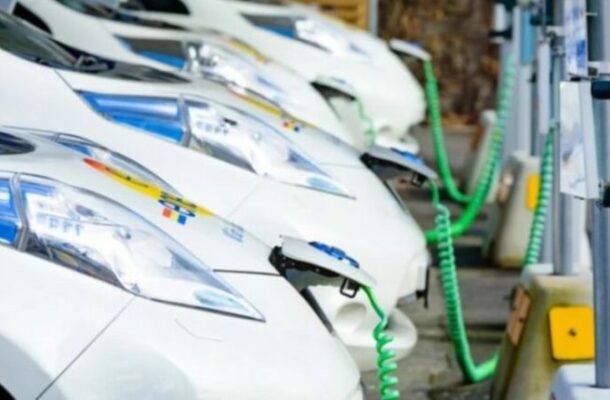The Netherlands faces electric grid overload in major cities due to the surge in electric cars. Explore the challenges posed by inadequate infrastructure and the implications for the future of electromobility.
Introduction: As the Netherlands charts a course towards electromobility, the surge in electric cars presents a formidable challenge to its electric grid infrastructure. Major cities like Utrecht, Rotterdam, Amsterdam, and The Hague grapple with frequent blackouts, underscoring the urgent need for robust infrastructure upgrades. Amidst mounting concerns, the country navigates the complexities of balancing environmental goals with the practical realities of grid capacity.
Grid Strain: The Unprecedented Demand for Electricity The transition towards electric vehicles represents a paradigm shift in transportation, with the European Union setting ambitious targets to curb carbon emissions by 2035. However, the Netherlands encounters a bottleneck as its electric grid struggles to accommodate the burgeoning demand for electricity. The strain is particularly acute in major urban centers, where residents contend with recurrent power outages amidst the push towards electromobility.
Infrastructure Dilemma: Grid Overload and Capacity Constraints The Dutch electric grid, operated primarily by the Stedin company, faces unprecedented strain as the demand for electricity outpaces the capacity of existing infrastructure. In cities like Utrecht, the situation reaches a critical juncture, prompting warnings of an unsustainable grid. The inadequacy of both high and low-voltage networks exacerbates the challenge, necessitating urgent intervention to avert a looming crisis.
Public Discontent: Residents Demand Solutions Frustration mounts among residents of affected cities as they grapple with the consequences of grid overload. The specter of continuous power outages looms large, prompting calls for remedial action to address the infrastructure shortfall. Against this backdrop, concerns emerge regarding the viability of the electric vehicle revolution and its impact on daily life.
Charging Conundrum: Peak Demand Challenges Compounding the grid strain is the charging behavior of electric vehicle owners, who predominantly utilize public charging stations during peak hours in the evening. This concentrated demand exacerbates grid congestion, exacerbating the challenges faced by grid operators in balancing supply and demand. The need for a coordinated approach to charging infrastructure becomes increasingly apparent in mitigating grid overload.
Long-term Solutions: Balancing Environmental Goals with Infrastructure Realities As the Netherlands confronts the urgent imperative of grid modernization, long-term solutions are imperative to ensure the sustainability of electromobility initiatives. Grid operators advocate for extensive infrastructure upgrades, including the installation of additional transformers and kilometers of new infrastructure. However, the magnitude of these endeavors underscores the complexity of addressing infrastructure deficits in a rapidly evolving technological landscape.
Future Outlook: Navigating Toward Sustainable Electromobility The Netherlands stands at a crossroads as it grapples with the dual imperatives of environmental sustainability and grid reliability. While the surge in electric vehicles heralds a greener future, the infrastructure challenges underscore the need for a nuanced approach to electromobility. As the country seeks to reconcile competing priorities, the path forward hinges on innovative solutions and collaborative efforts to ensure a seamless transition to sustainable transportation.
In conclusion, the Netherlands confronts formidable challenges in reconciling its vision for electromobility with the realities of electric grid capacity. As the country navigates this critical juncture, strategic investments in grid infrastructure and charging solutions emerge as linchpins in realizing the promise of sustainable transportation. Amidst the complexities of grid modernization, the Netherlands exemplifies a commitment to navigating the complexities of the electric vehicle revolution with foresight and resilience.


Comments